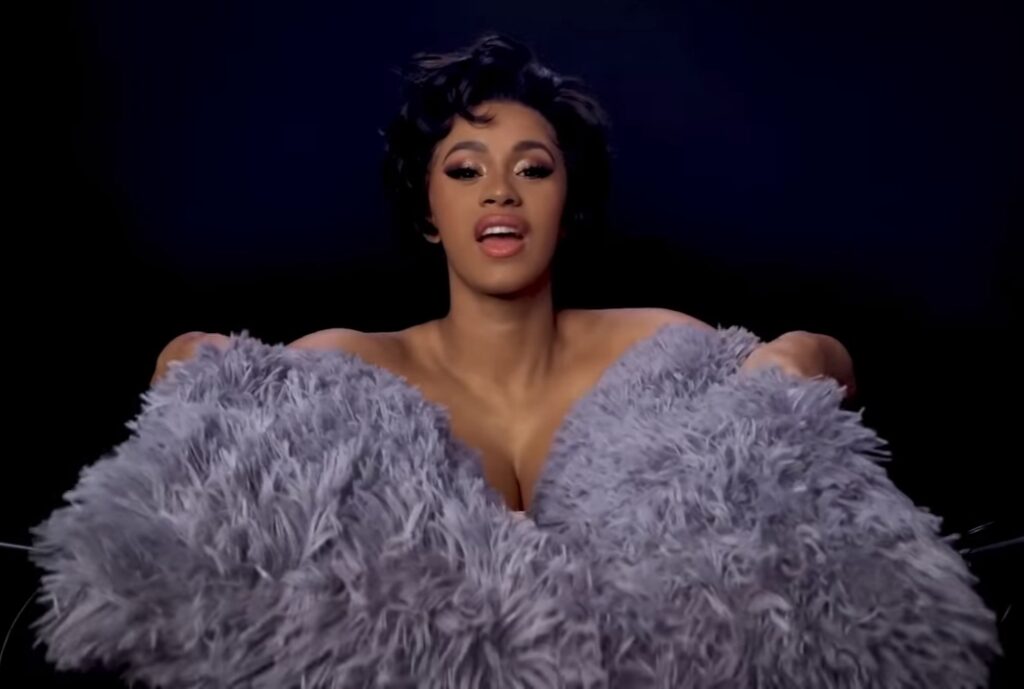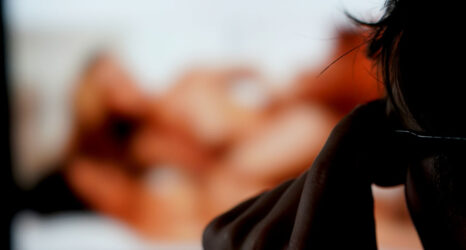
A 2019 study found that Instagram users in Miami, Florida, are putting out the highest rate of “thirst traps” of any city in the U.S.—specifically, 36 out of 1,000 photos they publish to Instagram.
I was surprised to read about this study for several reasons.
First, it’s strange to see the words “thirst trap” in a scientific context. Second, it makes me laugh to imagine how these “scientists” went about determining which of the photos were “thirst traps”—was it based on their own arousal in response to them? Doesn’t sound very, umm … scientific.
And third, it made me realize how deeply the term “thirst trap” has permeated our culture.
According to the best records, the term first appeared on Twitter only in 2011, and now it’s already assumed that everyone knows what it means and is on board with the concept.
I refuse to use this term.
Why? It reinforces misogynistic ideas that are already too pervasive in our culture.
Sure, it’s not only used to describe women’s photos. After all, Canadian prime minister Justin Trudeau has been deemed a “political thirst trap.” But we know that it is overwhelmingly used to refer to selfies featuring women.
I’ve even been accused of this supposedly unforgivable sin when all I did was post a perfectly innocent photo of my face. And when women share photos that reveal some skin, we’re often met with a slew of bitter and disgusting remarks from horny men.
On that note, below are my four major problems with the term “thirst trap.”
1. It implies women’s bodies are inherently sexual.
Most of us have heard of the controversy surrounding school dress codes and the double standard they enforce—what girls are allowed to wear is much more heavily monitored and policed than what boys can wear.
Boys can wear shorts without it being deemed risque. They can even show their full arms and midriffs without being a “distraction to their peers.” In fact, there aren’t really parts of boys’ bodies that are considered scandalous to reveal—aside from their genitals of course.
The tacit message behind all of this is that girls’ bodies are inherently more sexual and distracting than boys’ bodies. And therefore, girls’ bodies need to be concealed.
And here’s the thing—the term “thirst trap” is a direct extension of this logic. It suggests that a woman’s body is not just a body. It’s not neutral. No, it’s a sexual object that is inherently provocative to men, regardless of whether the woman intends to sexualize herself or not.
2. It goes hand in hand with rape culture and slut-shaming.
The term “thirst trap” is a great example of how rape culture can be perpetuated through seemingly innocent language.
Here’s how it fuels rape culture: If a woman’s body is inherently sexual and provocative, then by displaying it with a thirst trap, she’s inviting a sexual response from men. And if she’s intentionally tempting him, that means he’s entitled to some kind of sexual satisfaction from her, or even to her body.
This is how men justify rape, sexual assault and sexual harassment towards women.
Some men even go as far as to claim that women are “asking for it” simply by wearing makeup or revealing clothing. In line with this twisted reasoning, the term “thirst trap” implies that she’s asking for men to thirst after her and send her creepy comments and messages littered with sexual harassment.
3. It assumes that sexual attractiveness is objective (when it is actually highly subjective).
Using the term “thirst trap” assumes that there’s one standard of what everyone finds attractive. It assumes everyone will have the same “thirsty” response to it.
But in reality, it’s simply inaccurate (and extremely heteronormative, by the way) to assume that any woman will “thirst” after a male thirst trap and that any man will “thirst” after a female thirst trap. What looks banal to one person might qualify as a “thirst trap” to someone else, and what’s sexually titillating to some people might bore—or even repulse—others.
4. It implies that women are at fault for men’s sexual frustration.
This is the most insidious aspect in my opinion, because it’s at the root of all the other issues.
Think about the literal meaning of “thirst trap” for a second—it describes something that traps your gaze and attention, forcing you to experience the unwelcome sensation of thirst. The metaphor of “thirst” implies that you’re being deprived of something essential.
I like how Wikipedia unpacks the term: “It refers to a user’s ‘thirst,’ a colloquialism that likens sexual frustration to dehydration, implying desperation.”
The term insinuates that when a woman displays her body, she’s trapping male viewers, coercing them to experience lust and sexual frustration. Therefore, it’s her fault if her photo provokes a feeling of sexual deprivation. This is tied to the bogus idea that women’s beauty is a form of power over men. But if a man believes a woman’s beauty can exert so much control over him, that only shows how little control he has over himself. And that’s his problem. Not hers.
In reality, a woman who posts a “thirst trap” is by no means forcing men to look at her. So no, there isn’t any trapping going on. It’s not like she’s holding a gun to their head—they can scroll past if they so please. They can even hide her posts, unfollow her or block her if they feel “trapped” when they stumble upon her photos.
If they have an uncontrollable and frustrating sexual response, that’s not her fault. The onus is on them to harness their self-control, satisfy their own sexual needs, or deal with any mental health issues they may be experiencing, rather than projecting them onto her.
All in all, when you describe someone’s photo as a thirst trap, it often says a lot more about you than it says about them. You have no idea what their intentions are. And regardless of whether they intend to sexualize themselves, you aren’t entitled to anything from them.
We live in a world where we’re bombarded by thousands of images and stimuli each day. And thankfully, we have the free will to direct our attention where we wish—remember that the next time you feel “trapped.”
Up next:





